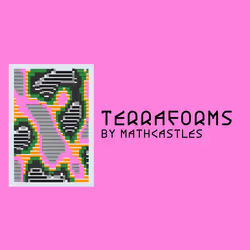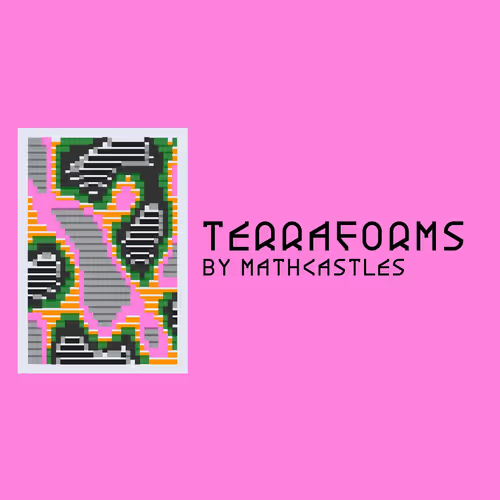품목당 최고가품목당 최대값

Terraforms by Mathcastles Explained: Onchain land art from a dynamically generated 3D worl
Terraforms by Mathcastles Explained: Onchain land art from a dynamically generated 3D worl
하한가0.00690.0069 ETH
1D 층 %0%
최고 제안가
—
24시간 거래량0.000.00 ETH
총 크기0.260.26 ETH
등록됨0%0%
소유자(고유)6161 (71.8%71.8% )

Terraforms by Mathcastles Explained: Onchain land art from a dynamically generated 3D worlTerraforms by Mathcastles Explained: Onchain land art from a dynamically generated 3D worl
Terraforms by Mathcastles Explained: Onchain land art from a dynamically generated 3D worl
Terraforms by Mathcastles Explained: Onchain land art from a dynamically generated 3D worl

